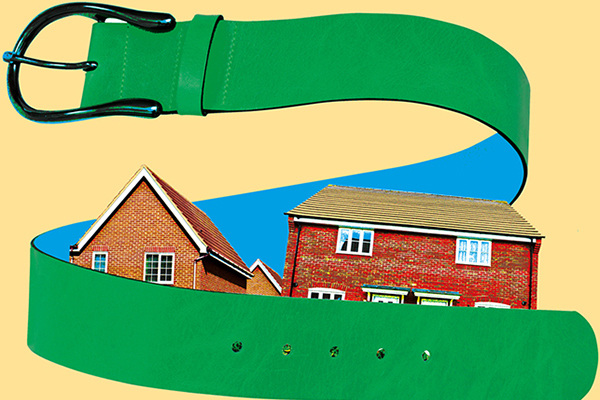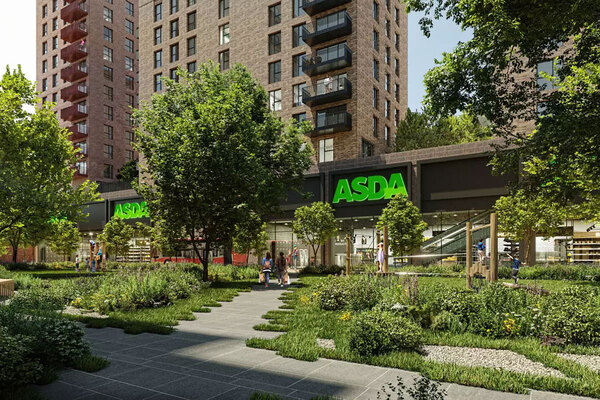You are viewing 1 of your 1 free articles
White Paper gives too much green belt protection, say sector bodies
Sector bodies have criticised the government for failing to use the Housing White Paper as a chance to step up the release of green belt land.
In consultation responses submitted last week, the National Housing Federation (NHF), the Home Builders Federation (HBF), the British Property Federation (BPF) and Shelter all expressed concerns that the government’s proposed new criteria for green belt development could undermine housing targets.
The White Paper, published in February, proposed a series of hoops councils would have to jump through before they could allocate green belt for housing, requiring that they have “fully examined all other options” for satisfying local need. A consultation on the document’s proposals closed last week.
Despite responding positively to the majority of measures introduced in the White Paper, the NHF, BPF and HBF all flagged this as an area of weakness in the proposals, with the HBF saying it is “very concerned”.
In the build-up to the release of the long-awaited White Paper in February, reports suggested the government was being pressured by backbench Conservative MPs to maintain green belt protection, despite its stated desire to up housebuilding.
The NHF, BPF and HBF called on the government to introduce “strategic reviews” of current green belt boundaries. Shelter said that the ambiguity of the green belt test criteria could leave councils open to protracted legal challenges where they choose to allocate green belt land.
The BPF added: “We believe that government should be assisting local planning authorities to release green belt land where they need to. This would allow for a wider strategy and a better approach to solving complex green belt proposals.
“As the Housing White Paper stresses the UK is facing a huge battle in terms of the need for more housing, as such we believe that housing land supply should carry more weight than green belt boundaries. We would suggest that the best approach would be to focus on green belt release as not always being the worst option, rather than the option of last resort.”
The NHF said: “Some green belt land can be of low quality, and limited value. In such instances, it may be more sustainable to develop on these sites, rather than ‘jump’ over green belt land to provide development that is not connected with existing facilities, services or transport.”
The HBF submission says: “Green belt policy should be a long-term, strategic policy and thus reviews should be similarly long term in their aim. Local authorities should, therefore, approach green belt review as a strategic policy review rather than only as part of a sequential approach towards allocating land for development in the short term.”









